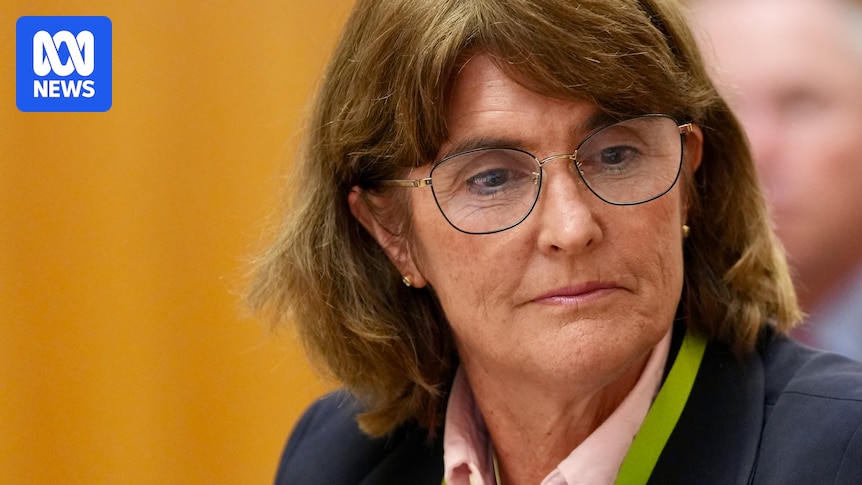
In a surprising move, the Reserve Bank of Australia (RBA) opted to hold interest rates steady this month, despite a notable decline in inflation and a rise in unemployment. This decision has sparked debate among economists and market analysts, who anticipated a rate cut based on recent economic indicators.
At a press conference following the meeting, RBA Governor Michele Bullock emphasized the board’s cautious approach, stating that the bank was waiting for further confirmation of a sustained decline in inflation. “We didn’t want to act prematurely,” Bullock explained, highlighting the risks of having to reverse course if inflation pressures re-emerged.
Inflation Trends and Economic Indicators
The June quarter inflation data provided some reassurance, showing a decrease in consumer price rises to 2.7 percent, down from 2.9 percent in the previous quarter. This “trimmed mean” measure of inflation, preferred by the RBA for its exclusion of volatile items, indicated a slowing pace of price increases.
On a broader scale, headline inflation fell to 2.1 percent, aligning with the lower end of the RBA’s target range of 2 to 3 percent. This trend has been reflected in the newly introduced monthly inflation figures, which have consistently pointed to a deceleration in consumer price growth.
Market Reactions and Expert Opinions
The RBA’s decision to hold rates caught financial markets off guard, leading to a near-certain expectation of a rate cut in the upcoming meeting. Market confidence was bolstered by recent GDP figures that depicted a sluggish economy, alongside declining monthly inflation statistics.
Former RBA official and current Westpac Chief Economist Luci Ellis commented on the decision, stating, “The five-week difference isn’t really such a big deal. We wouldn’t regard them as being particularly behind the eight ball with this decision, assuming they do actually go forward with a rate cut next month.”
“Because (monetary) policy operates on the economy with a lag, you actually kind of need to already be there, so there’s not really a good argument for a continued hold,” Ellis added.
Impact on Employment and Economic Outlook
Unemployment figures have added complexity to the RBA’s decision-making process. The unemployment rate increased from 4.1 percent to 4.3 percent, suggesting a softening labor market. This shift is underscored by a record number of job applications, indicating a loosening in employment conditions.
David Bassanese from Betashares weighed in, noting that the broad-based easing in inflation across goods, services, and housing supports the case for an August rate cut. However, he defended the RBA’s cautious stance, pointing out discrepancies between monthly and quarterly inflation data.
“It turns out the governor was right to be cautious with annual trimmed mean inflation in the quarterly CPI report of 2.7 percent, notably higher than what the May monthly report had suggested,” Bassanese stated.
Looking Ahead: Potential Rate Cuts
As the RBA gears up for its next meeting, the focus shifts to the extent of future rate cuts. Bassanese predicts a series of cuts, starting in August and continuing through November and February. Luci Ellis shares a similar outlook, suggesting that the RBA may be underestimating the extent of inflation’s decline.
“We think there are two more rate cuts after that, assuming our forecasts for inflation are what turns out to be the actual,” Ellis said, expressing confidence in her predictions.
With the RBA governor previously indicating that rate cuts were inevitable, the conversation is now centered on the number and timing of these adjustments. As economic conditions evolve, the bank’s decisions will remain under close scrutiny from markets and policymakers alike.







